Accessories · Adventure Travel · Africa · Gadgets · Photography · Regions · Speciality Travel · Travel Equipment
6 top tips for great safari photos
This isn’t a post on F-stops or shutter speeds. Nor is it about composition or how to hold your camera. This is far more fundamental than that. If one of the main reasons you’re going on safari is to capture some great photos, and you’re not a professional photographer, then this piece is for you.
Be an early riser
It sounds obvious and early is subjective. But, if your morning game drive is slated to depart at or after sunrise, youre leaving too late.
 It takes time to get places, so unless all the game are lounging around inside your camp, you can plan on at least 20 minutes of driving before any photo opportunities present themselves. And, the closer you are to the Equator, the fast the sun rises and sets, so youve got to be prepared if you want that golden shot.
Enjoy the sundowner after the sunset
Its no secret that some of the best light for photography occurs around sunrise and sunset. This happens to coincide with most carnivore activity levels. Those snoozing lions you photographed earlier in the day are becoming more active as the sun sinks below the horizon.
It takes time to get places, so unless all the game are lounging around inside your camp, you can plan on at least 20 minutes of driving before any photo opportunities present themselves. And, the closer you are to the Equator, the fast the sun rises and sets, so youve got to be prepared if you want that golden shot.
Enjoy the sundowner after the sunset
Its no secret that some of the best light for photography occurs around sunrise and sunset. This happens to coincide with most carnivore activity levels. Those snoozing lions you photographed earlier in the day are becoming more active as the sun sinks below the horizon.
 Theyre more likely to get up, stretch, walk around (like this lovely giraffe at sunset) and move to a new location now that the temperature has dropped. Although its nice to sip a cold beverage as you watch the sun quickly dip below the horizon, its far more rewarding to get that fabulous leopard shot bathed in a gorgeous ochre light. Trust me, that G&T will taste 1000 times better, too.
Charge your battery during lunch or dinner
Many mobile and tented camps have limited access to electricity. Often, generators are run during meal times, to coincide with kitchen activities.
Theyre more likely to get up, stretch, walk around (like this lovely giraffe at sunset) and move to a new location now that the temperature has dropped. Although its nice to sip a cold beverage as you watch the sun quickly dip below the horizon, its far more rewarding to get that fabulous leopard shot bathed in a gorgeous ochre light. Trust me, that G&T will taste 1000 times better, too.
Charge your battery during lunch or dinner
Many mobile and tented camps have limited access to electricity. Often, generators are run during meal times, to coincide with kitchen activities.
 For camps that dont offer 24/7 access to electricity, this is often an ideal time to charge batteries, especially at larger lodges as most people dont remember to do this until after dinner, when theyre enjoying a drink and discussing the days sightings.
Get extra memory for your phone so you can back up images
Unless youre planning on bringing a laptop along, using a system like Adobe Cloud to copy your images to your phone is highly valuable. Not only can you quickly see your days work, but youve a nice backup should anything happen.
For camps that dont offer 24/7 access to electricity, this is often an ideal time to charge batteries, especially at larger lodges as most people dont remember to do this until after dinner, when theyre enjoying a drink and discussing the days sightings.
Get extra memory for your phone so you can back up images
Unless youre planning on bringing a laptop along, using a system like Adobe Cloud to copy your images to your phone is highly valuable. Not only can you quickly see your days work, but youve a nice backup should anything happen.
 And, by having the images on your phone, you can swiftly and easily go through images to see how they’ve turned out.
Pack your lens cleaner
This one is so basic that I often overlook it. The dusty conditions on safari mean that most photographers will need to clean their lens, and perhaps even camera, at least once on safari.
And, by having the images on your phone, you can swiftly and easily go through images to see how they’ve turned out.
Pack your lens cleaner
This one is so basic that I often overlook it. The dusty conditions on safari mean that most photographers will need to clean their lens, and perhaps even camera, at least once on safari.
 Above all, be flexible
Whenever I start to obsess about sighting a particular animal, I remind myself why Im in the bush in the first place and focus on all the beauty around me. It will sound cliché but, nine times out of ten, Ill end up seeing the animal I had wanted to see, anyhow.
Above all, be flexible
Whenever I start to obsess about sighting a particular animal, I remind myself why Im in the bush in the first place and focus on all the beauty around me. It will sound cliché but, nine times out of ten, Ill end up seeing the animal I had wanted to see, anyhow.
 And, more importantly, because I was keeping an open mind and focusing on all photo opps around me, the best photo from my safari is often not the one I was looking for. This incredible sunset shot was taken after we drove around looking only for wild dogs. I’m glad I stopped and looked up.
Javier Luque is a Co-Founder and Director of Your African Safari.
If you would like to be a guest blogger on A Luxury Travel Blog in order to raise your profile, please contact us.
And, more importantly, because I was keeping an open mind and focusing on all photo opps around me, the best photo from my safari is often not the one I was looking for. This incredible sunset shot was taken after we drove around looking only for wild dogs. I’m glad I stopped and looked up.
Javier Luque is a Co-Founder and Director of Your African Safari.
If you would like to be a guest blogger on A Luxury Travel Blog in order to raise your profile, please contact us.
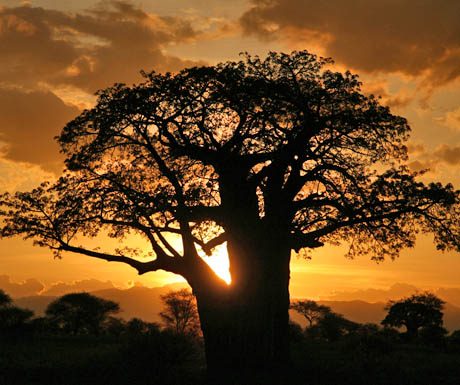 It takes time to get places, so unless all the game are lounging around inside your camp, you can plan on at least 20 minutes of driving before any photo opportunities present themselves. And, the closer you are to the Equator, the fast the sun rises and sets, so youve got to be prepared if you want that golden shot.
Enjoy the sundowner after the sunset
Its no secret that some of the best light for photography occurs around sunrise and sunset. This happens to coincide with most carnivore activity levels. Those snoozing lions you photographed earlier in the day are becoming more active as the sun sinks below the horizon.
It takes time to get places, so unless all the game are lounging around inside your camp, you can plan on at least 20 minutes of driving before any photo opportunities present themselves. And, the closer you are to the Equator, the fast the sun rises and sets, so youve got to be prepared if you want that golden shot.
Enjoy the sundowner after the sunset
Its no secret that some of the best light for photography occurs around sunrise and sunset. This happens to coincide with most carnivore activity levels. Those snoozing lions you photographed earlier in the day are becoming more active as the sun sinks below the horizon.
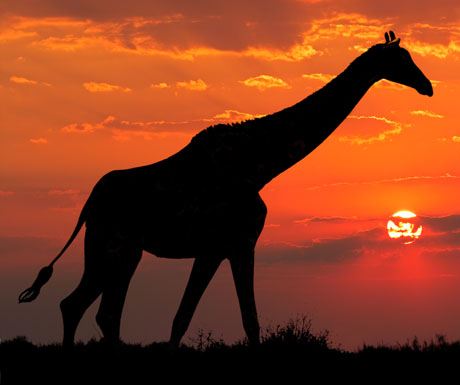 Theyre more likely to get up, stretch, walk around (like this lovely giraffe at sunset) and move to a new location now that the temperature has dropped. Although its nice to sip a cold beverage as you watch the sun quickly dip below the horizon, its far more rewarding to get that fabulous leopard shot bathed in a gorgeous ochre light. Trust me, that G&T will taste 1000 times better, too.
Charge your battery during lunch or dinner
Many mobile and tented camps have limited access to electricity. Often, generators are run during meal times, to coincide with kitchen activities.
Theyre more likely to get up, stretch, walk around (like this lovely giraffe at sunset) and move to a new location now that the temperature has dropped. Although its nice to sip a cold beverage as you watch the sun quickly dip below the horizon, its far more rewarding to get that fabulous leopard shot bathed in a gorgeous ochre light. Trust me, that G&T will taste 1000 times better, too.
Charge your battery during lunch or dinner
Many mobile and tented camps have limited access to electricity. Often, generators are run during meal times, to coincide with kitchen activities.
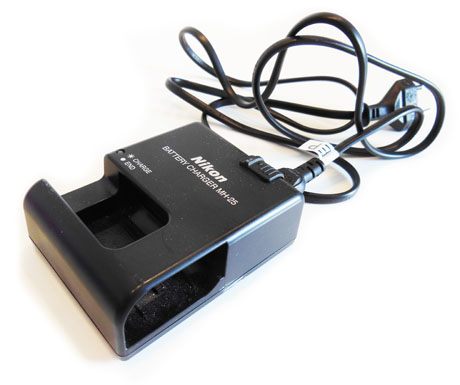 For camps that dont offer 24/7 access to electricity, this is often an ideal time to charge batteries, especially at larger lodges as most people dont remember to do this until after dinner, when theyre enjoying a drink and discussing the days sightings.
Get extra memory for your phone so you can back up images
Unless youre planning on bringing a laptop along, using a system like Adobe Cloud to copy your images to your phone is highly valuable. Not only can you quickly see your days work, but youve a nice backup should anything happen.
For camps that dont offer 24/7 access to electricity, this is often an ideal time to charge batteries, especially at larger lodges as most people dont remember to do this until after dinner, when theyre enjoying a drink and discussing the days sightings.
Get extra memory for your phone so you can back up images
Unless youre planning on bringing a laptop along, using a system like Adobe Cloud to copy your images to your phone is highly valuable. Not only can you quickly see your days work, but youve a nice backup should anything happen.
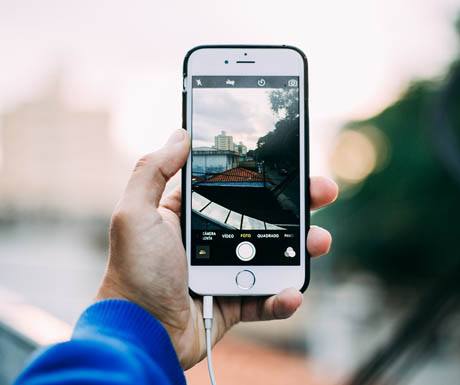 And, by having the images on your phone, you can swiftly and easily go through images to see how they’ve turned out.
Pack your lens cleaner
This one is so basic that I often overlook it. The dusty conditions on safari mean that most photographers will need to clean their lens, and perhaps even camera, at least once on safari.
And, by having the images on your phone, you can swiftly and easily go through images to see how they’ve turned out.
Pack your lens cleaner
This one is so basic that I often overlook it. The dusty conditions on safari mean that most photographers will need to clean their lens, and perhaps even camera, at least once on safari.
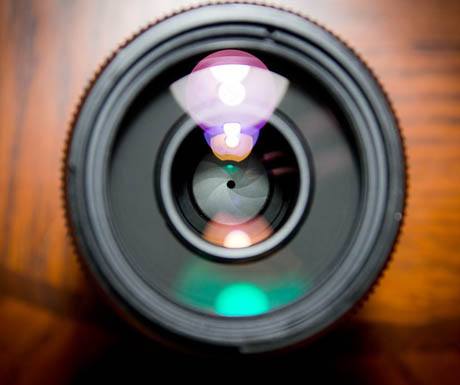 Above all, be flexible
Whenever I start to obsess about sighting a particular animal, I remind myself why Im in the bush in the first place and focus on all the beauty around me. It will sound cliché but, nine times out of ten, Ill end up seeing the animal I had wanted to see, anyhow.
Above all, be flexible
Whenever I start to obsess about sighting a particular animal, I remind myself why Im in the bush in the first place and focus on all the beauty around me. It will sound cliché but, nine times out of ten, Ill end up seeing the animal I had wanted to see, anyhow.
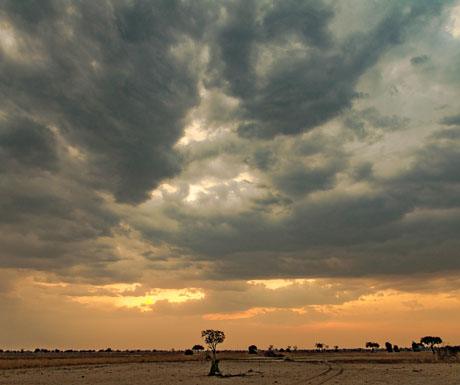 And, more importantly, because I was keeping an open mind and focusing on all photo opps around me, the best photo from my safari is often not the one I was looking for. This incredible sunset shot was taken after we drove around looking only for wild dogs. I’m glad I stopped and looked up.
Javier Luque is a Co-Founder and Director of Your African Safari.
If you would like to be a guest blogger on A Luxury Travel Blog in order to raise your profile, please contact us.
And, more importantly, because I was keeping an open mind and focusing on all photo opps around me, the best photo from my safari is often not the one I was looking for. This incredible sunset shot was taken after we drove around looking only for wild dogs. I’m glad I stopped and looked up.
Javier Luque is a Co-Founder and Director of Your African Safari.
If you would like to be a guest blogger on A Luxury Travel Blog in order to raise your profile, please contact us.Did you enjoy this article?
Receive similar content direct to your inbox.


I love the tip to charge your battery during mealtimes. Obviously it is vital to have power at your fingertips when you need it for a shoot. Last time I was taking a shot of a rare subject I found I was out of juice. Thankfully I had just enough time to slip in a fresher battery … but only just!